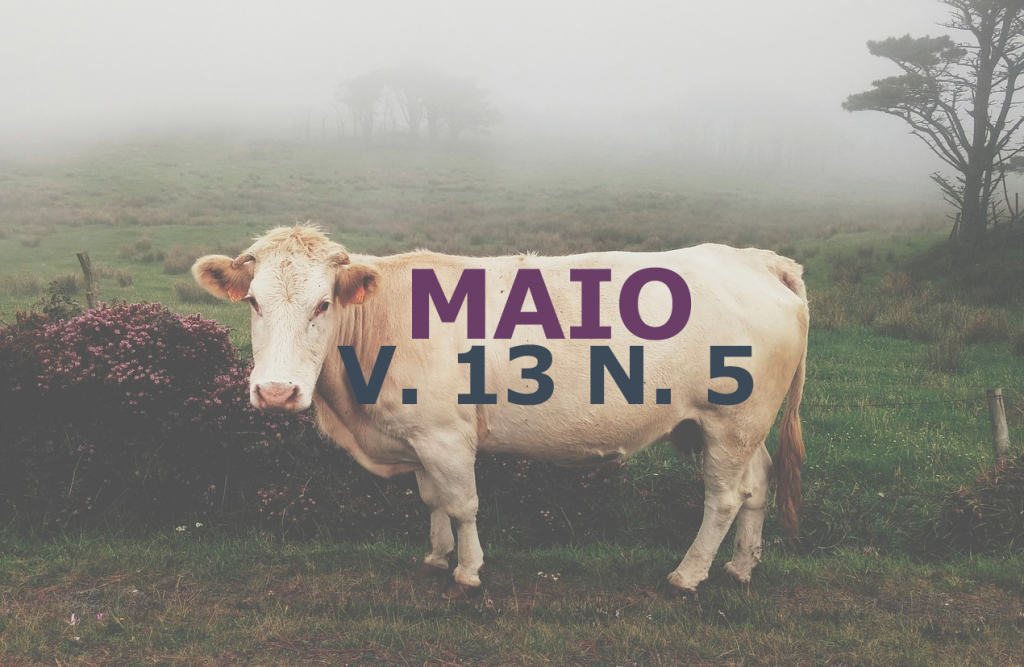Biological and nutritional aspects of Dasypus novemcinctus (Linnaeus, 1758)
DOI:
https://doi.org/10.31533/pubvet.v13n5a329.1-11Keywords:
conservation, maintence, recovery, D. novemcinctusAbstract
Dasypus novemcinctus are terrestrial, solitary and crepuscular/nocturnal animals. It’s the largest species of the genus Dasypus, with a wide geographic distribution and are known to harbor several pathogens and in addition, they act as bioindicators of diseases potentially pathogenic to humans. In this way, they are widely used for scientific research related to human health. They feed mainly on insects, being considered insectivorous opportunistic animals, but also consume other food items, such as fruits, small vertebrates, eggs, carrion, fungi, presenting a seasonal variability in food intake, thus seeking food throughout the year. Although not included in the list of endangered species, they are constantly threatened throughout their territorial extension, being increasingly referred to rehabilitation and maintenance centers for wild animals. And even though they are kept under human care for scientific research related to human health, there is little biological knowledge about the species, especially in relation to their nutritional needs and the artificial rearing of pups. Therefore, the objective of this bibliographical review was to gather information on biology, nutritional aspects and artificial rearing of Dasypus novemcinctus. The research inferred that there are still many points about the species that need further investigation, especially when related to ex-situ nutrition and artificial breeding.
Downloads
Published
Issue
Section
License
Copyright (c) 2019 Carolyne Assis Eigenheer Pinke Testa, Alicia Giolo Hippólito, Gisele Junqueira dos Santos, Bárbara Sardela Ferro, Thiago Ferla Novais Castro, Alessandra Melchert

This work is licensed under a Creative Commons Attribution 4.0 International License.
Você tem o direito de:
Compartilhar — copiar e redistribuir o material em qualquer suporte ou formato
Adaptar — remixar, transformar, e criar a partir do material para qualquer fim, mesmo que comercial.
O licenciante não pode revogar estes direitos desde que você respeite os termos da licença. De acordo com os termos seguintes:
Atribuição
— Você deve dar o crédito apropriado, prover um link para a licença e indicar se mudanças foram feitas. Você deve fazê-lo em qualquer circunstância razoável, mas de nenhuma maneira que sugira que o licenciante apoia você ou o seu uso. Sem restrições adicionais
— Você não pode aplicar termos jurídicos ou medidas de caráter tecnológico que restrinjam legalmente outros de fazerem algo que a licença permita.





